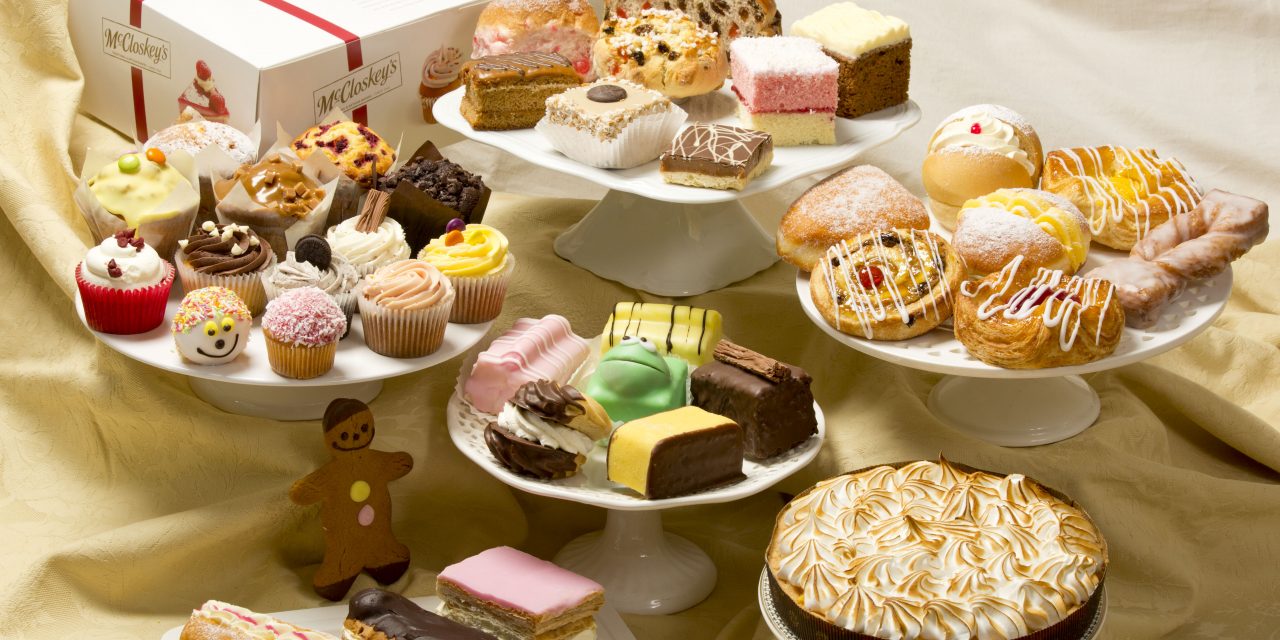Confectionery covers a wide variety of things from sweet baked goods to chocolate, fudge and hard candies. This is an opportunity that can be well exploited with a few steps, depending on which you choose to offer. There is a ready market for such goods that is somewhat underserved. If you’ve ever thought about starting a confectionery business or have the passion but are not sure how to turn it into a business, this is the article for you.
The market
The first step would be to research your market. What do they need? Where are they underserved? How are they underserved? These questions will inform your decisions on which product to offer to the market and also how to offer it. It’s not uncommon in markets to find underserved market segments relating to issues outside the product such as delivery, payment terms and other factors. As always, define a clear problem you are solving and make sure it exists.
Equipment
Ther type of confectionery you choose to produce will inform your equipment needs. In my article about the baking business, I mentioned that priority number one should be a gas-powered oven and that was before the warning about increased load shedding for the country. If you’re going to venture into decorated chocolates you may need specific equipment for handling and processing while something like fudge requires ordinary household equipment. So the investment required can be large but in many cases, it will not be.
Health and safety
Regardless of the type of confectionery, you choose to provide food safety is very important. Make sure that yourself and all staff you engage are trained in food safety. This includes delivery personnel and if you outsource this make sure your delivery partner has an understanding of food safety.
Licensing
It is important to check with your local authority on the rules and regulations in regards to your operation. You can start a business like this from home but make sure you check with your local authority and council by-laws with regard to your business type if you do decide to start from home. Incorporating your business is always a good idea.
Sales channels
The type of goods lends themselves very well to being sold online. You can target occasions or capitalize on the day to day activities of people. A brick and mortar shop while a good idea is not necessary and likely a hindrance to success early on. Allow your business to gain traction before burdening yourself with overheads. You should consider a pop up approach placing yourself at events such as school events, church events, fairs, festivals and markets. Word of mouth goes a long way here. If done right referrals will represent the majority of your sales early on. You can also consider creating a relationship with a gift shop, this can help you move inventory with ease.
Branding
Food is a very important part of human life and we identify with more than tastes and ingredients. It is very important to start branding as soon as possible. This doesn’t mean splashing out on logos. Your signature and your story are where branding can start for you. The idea is to create a defensible position going forward in the market. Later this can extend to your packaging, social media and other channels you use.
Unique offer
The ability to thrive in this market is based on your ability to provide a unique or at least enticing product. A good illustration of this in practice is Dhonanzi who have brought the idea of gourmet doughnuts to the market. Always consider your market’s needs versus what they are currently getting. Perhaps your chocolate chip cookie recipe could be exactly what the market needs.








